Being a food content creator, I have people ask me all the time what I eat on a day-to-day basis. My answer is almost always this 15-minute Spicy Korean Beef Bowl. It’s easy, packed with protein, carbs, and is so easy to incorporate veggies into.
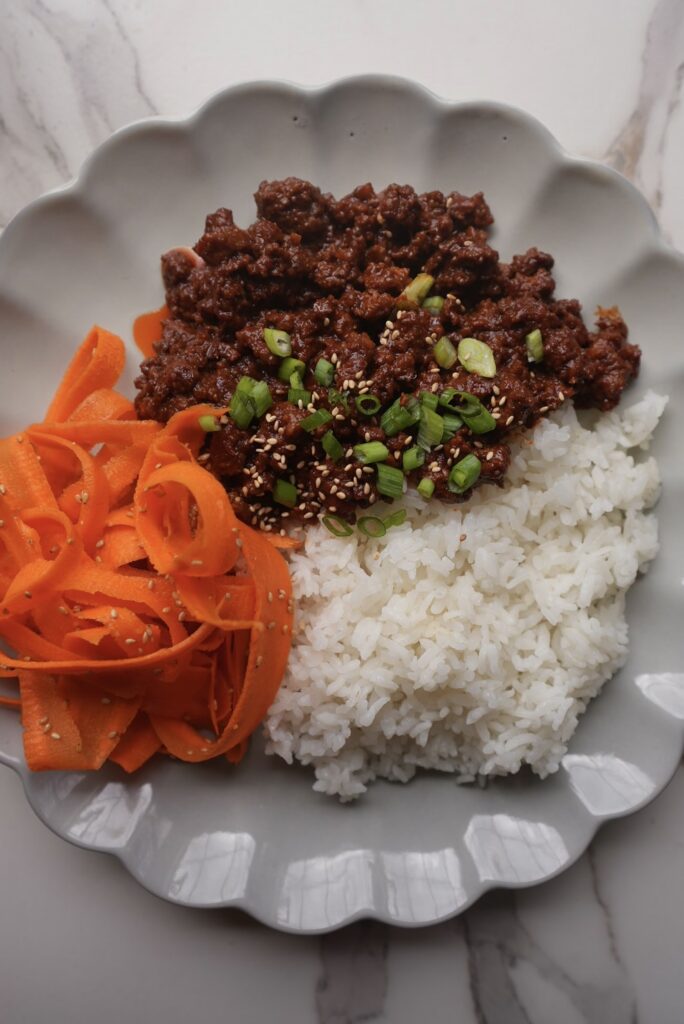
Infused with the bold flavors of gochujang (Korean red chili paste), these bowls offer a perfect balance of heat, umami, and sweetness. Whether you’re a fan of Korean cuisine or just eager to try something new, this dish will surely become a staple like it is for me.
Sometimes I love sneaking vegetables into this dish by sautéing them with the beef for extra texture and nutrients. Shredded carrots, diced bell peppers, zucchini, or finely chopped mushrooms all work beautifully and soak up the flavorful sauce.
Let’s dive into what makes these bowls so special and how you can whip them up in your own kitchen!

Ingredients:
- Garlic: Adds a rich, aromatic base that deepens the flavor of the beef.
- Ground Beef: The hearty foundation of the dish – juicy, savory, and perfect for soaking up the sauce. You can alternatively use other ground meats or even crushed firm tofu.
- Soy Sauce: Brings salty umami depth that balances the spice.
- Water: Helps create a saucy consistency that coats the meat evenly.
- Gochujang: The star ingredient – a Korean chili paste that adds spice, sweetness, and complexity. I also touch more on this below!
- Sugar: Enhances the gochujang’s natural sweetness and rounds out the saltiness.
- Gochugaru: Korean red pepper flakes that boost the heat and add a smoky kick. Feel free to add more or less depending on your own spice level preference!
- Sesame Oil: Finishes the dish with nutty aroma and richness.
- Green onions and sesame seeds: Optional garnishes that add freshness and a toasty crunch.

What Type of Rice to Use
If you want to eat my Korean beef recipe with rice, choosing the right type of rice can be confusing. Especially with so many varieties available. In Korean and Japanese cooking, however, Japanese short-grain or medium-grain rice is almost always the go-to choice.
Short-grain rice, often labeled as sushi rice, is particularly prized for its soft and chewy texture, which pairs beautifully with traditional Japanese dishes. Medium-grain rice is a great alternative if short-grain isn’t available (I actually almost always use medium-grain myself because it’s generally cheaper where I live!). Both are ideal for recipes like this one, where the rice’s stickiness helps meld the flavors into every bite.
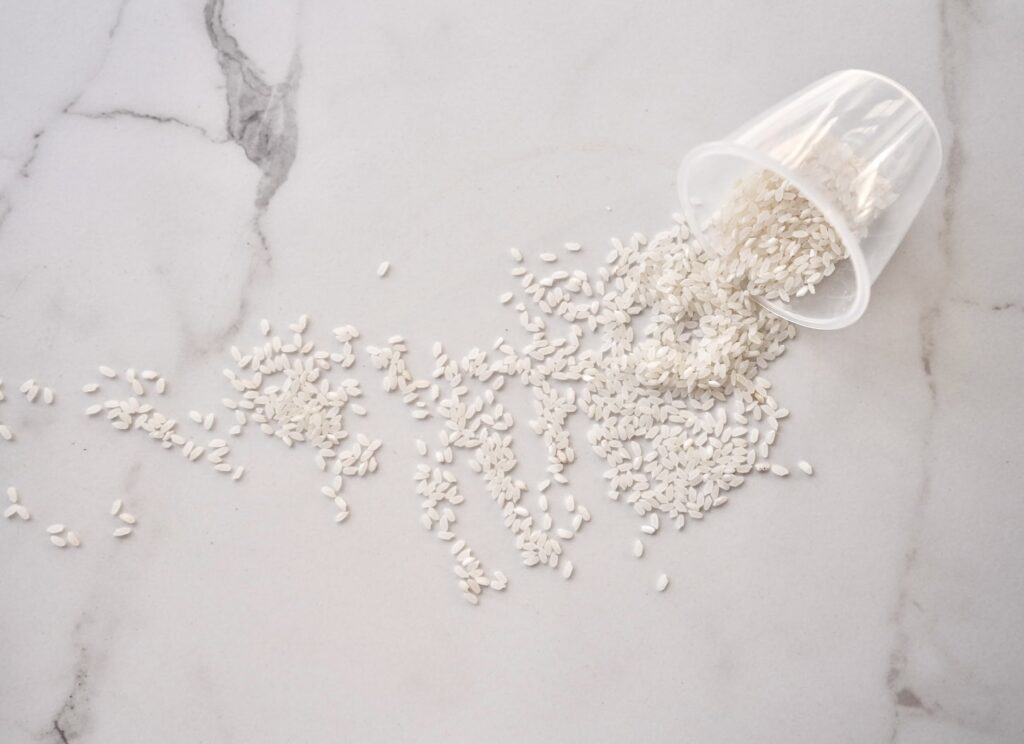
Recommended Rice Cookers
Do I need to have a fancy rice cooker? NO! Just like anything, generally, the higher the quality, the better. But you can make great rice in a cheap rice cooker, too!
Click the rice cooker photos to see my favorite rice cookers. I included a budget-friendly rice cooker I love! I use the Tiger 5.5-cup model shown. About 1/2 cup of Japanese short- or medium-grain rice makes 1 serving.
Key Features to Look For in a Rice Cooker:
- Timer and Keep Warm Function: Useful for planning meals ahead of time and keeping them warm until you’re ready to eat.
- Steaming Basket or Tray: Allows you to steam vegetables or cook other ingredients while the rice cooks.
- Multiple Cooking Functions: Ensure it has settings for steaming, slow cooking, and possibly even baking.
- Non-Stick Inner Pot: Makes cleaning easier and prevents sticking.
What is Gochujang?
Gochujang adds an incredible depth of flavor with its signature blend of heat, sweetness, and umami. Made from red chili peppers, fermented soybeans, glutinous rice, and salt, gochujang brings a spicy kick. This thick, vibrant red paste has a unique fermentation process that gives it a slight tang and an earthy quality, similar to that of miso or soy sauce but with a touch of sweetness from the glutinous rice.
In Korean cooking, gochujang is a beloved staple, used in everything from stews and marinades to dipping sauces. Its versatility has made it popular in fusion dishes, adding a unique Korean twist and depth to many cuisines.
Spicy Korean Beef Bowls
- Total Time: 15 minutes
Description
Spicy Korean beef bowls made with gochujang feature tender beef marinated in a rich, spicy-sweet gochujang sauce, served over steamed rice and accompanied by vegetables of your choice.
Ingredients
- 3 cloves garlic, minced
- 1 lb ground beef (substitute for other ground meats, or crumbled extra firm tofu for a vegetarian version)
- 1/4 cup soy sauce
- 1/2 cup water
- 2 tablespoons gochujang
- 1 teaspoon sugar
- 1 tablespoon gochugaru (adjust according to your desired spice preference)
- 1 teaspoon toasted sesame oil
- Garnish (optional): chopped green onions and roasted sesame seeds
Instructions
- Heat a little oil in a large skillet over medium heat and add the minced garlic, cooking until fragrant, about 30 seconds.
- Add the ground beef and cook, breaking it up with a spatula, until browned and cooked through.
- Add the sauce ingredients (soy sauce, water, gochujang, sugar, gochugaru, and sesame oil) over the beef and stir to coat evenly. Let it simmer for 3-5 minutes until the sauce slightly thickens and clings to the meat.
- Serve over warm rice or noodles and top with chopped green onions and roasted sesame seeds, if desired.
- Prep Time: 5 minutes
- Cook Time: 10 minutes
Nutrition
- Serving Size: 3-4

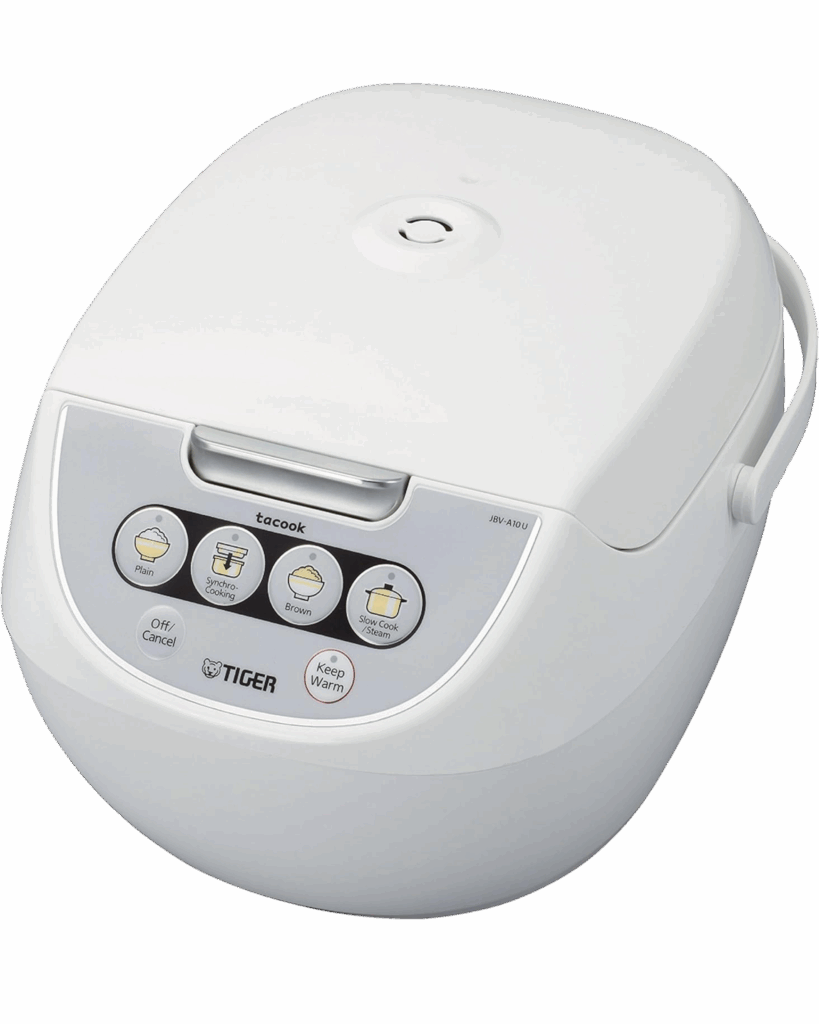

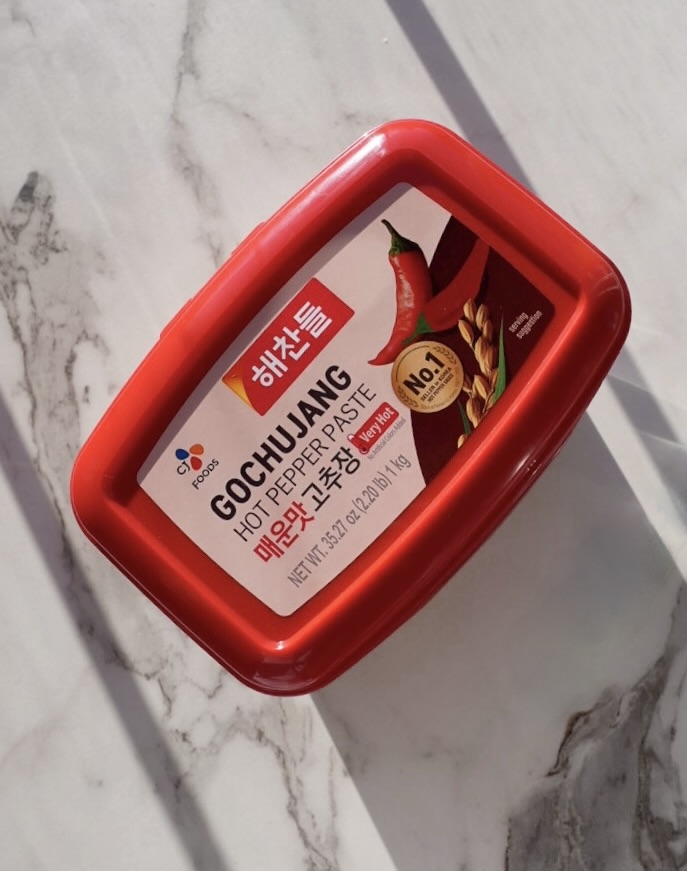
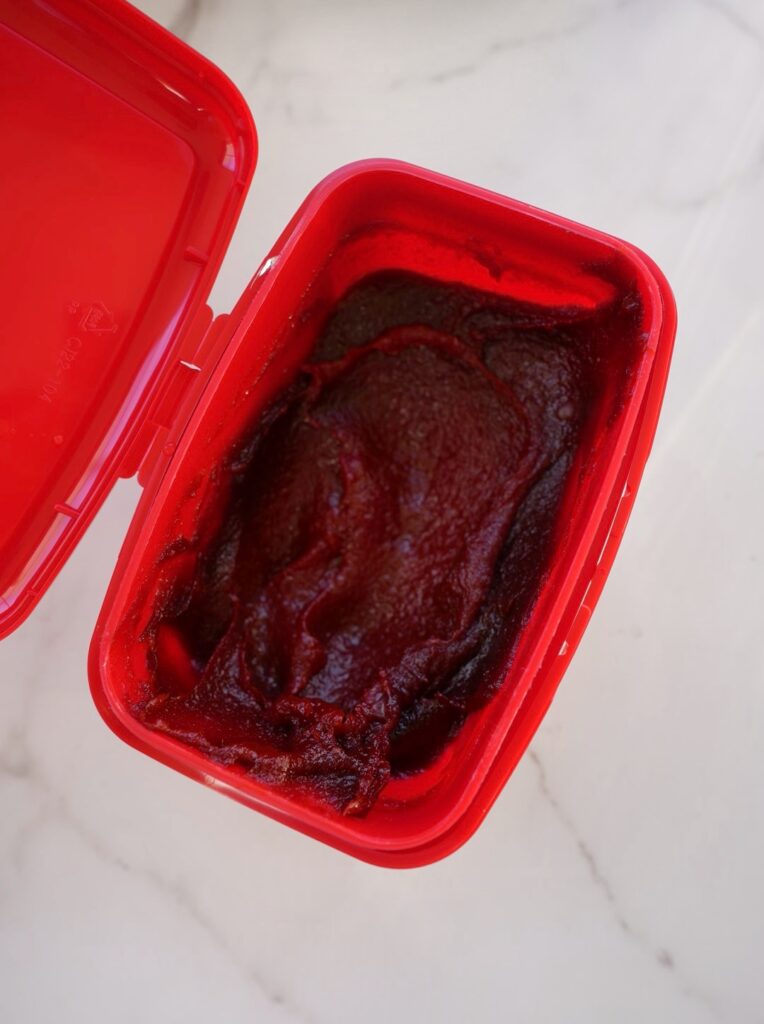




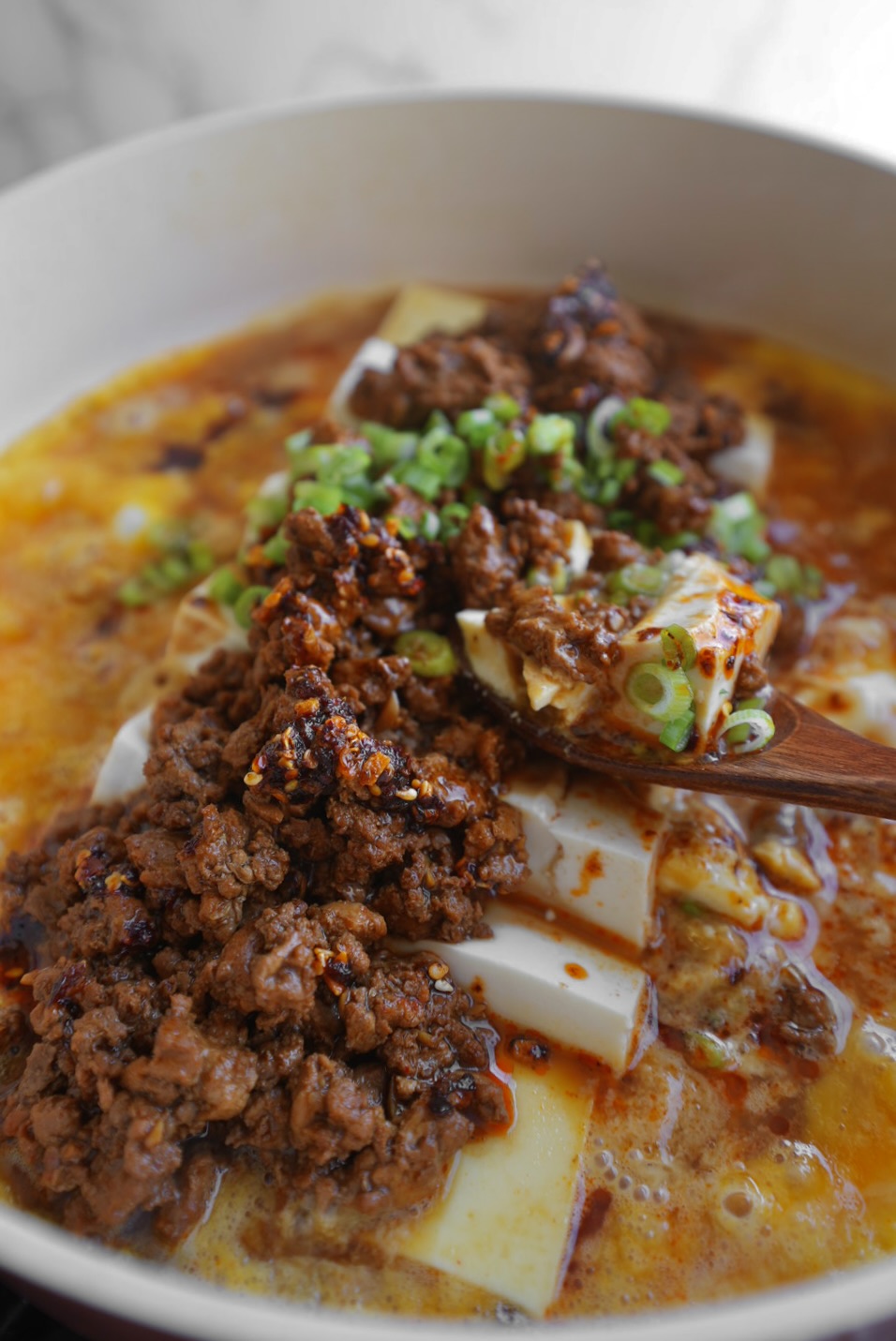

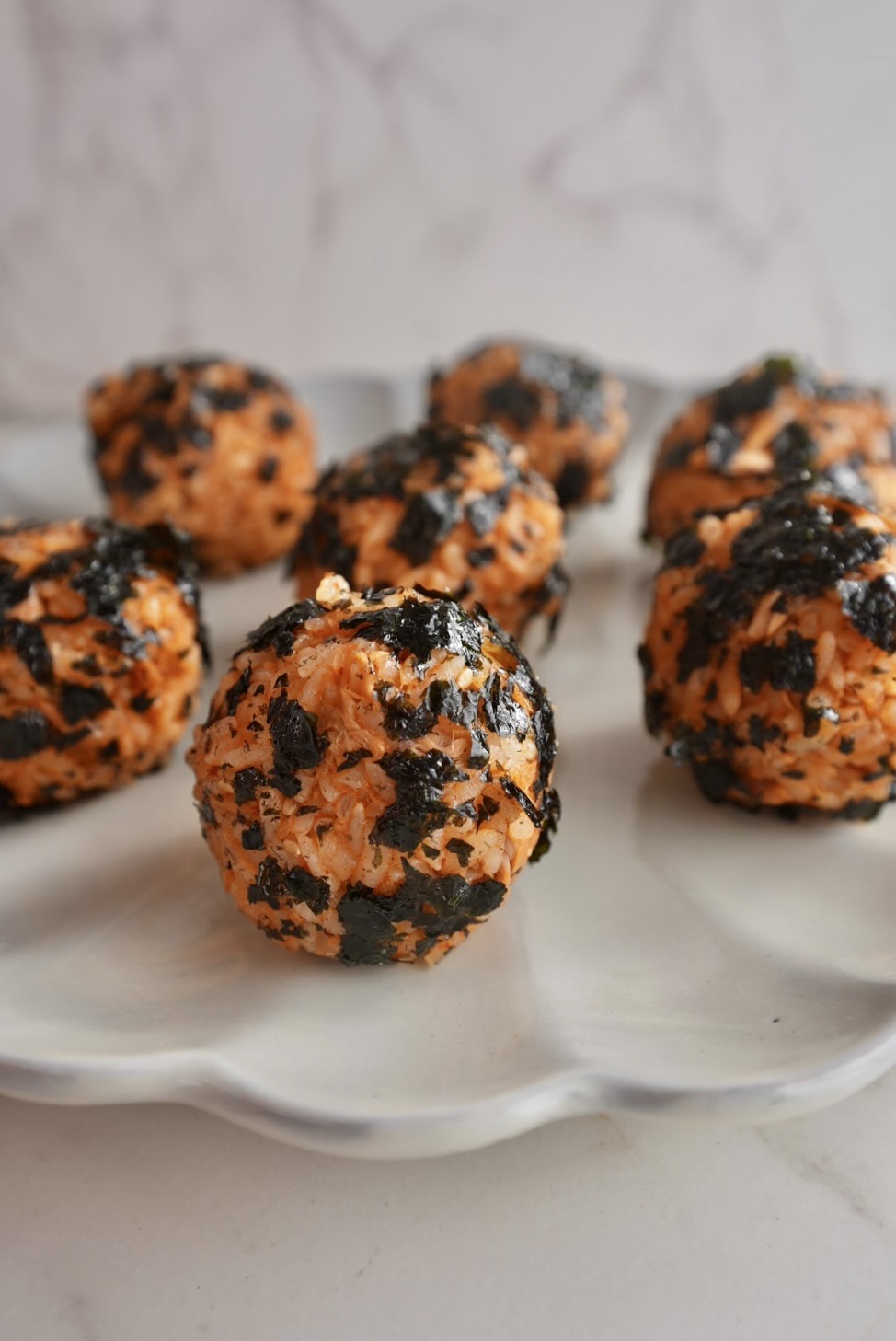
I love these Korean flavors! Asian comfort food. 5/5
I’m so glad you enjoyed it! Thanks, Autumn!
Topped it with a jammy egg and scallions for a full bowl feel. Very good
Yum! That sounds delish! 🙂